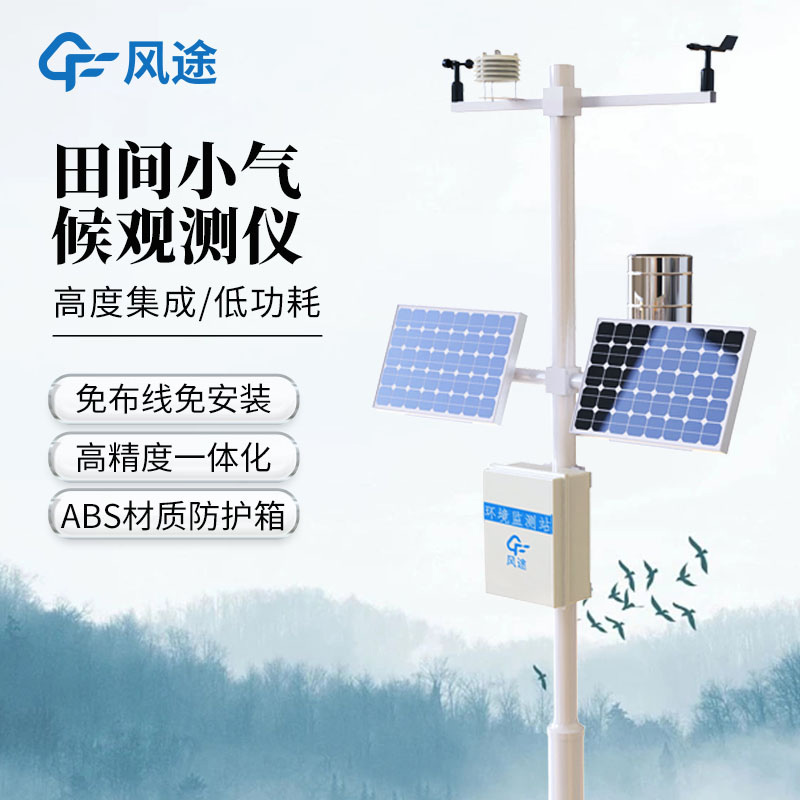Meteorological disasters have always been a major challenge faced by agricultural production and have caused extremely significant losses to agriculture on a global scale. For example, the heavy rain and flood disaster that hit the Beijing-Tianjin-Hebei region of China in 2024 inundated numerous farmlands, causing crops to lodge and rot, and many farmers faced a difficult situation of a sharp reduction in harvest or even complete crop failure. And the high-temperature and drought conditions in the southern region of China in 2023 hindered the growth of crops such as rice due to water shortage, and some even dried up and died. Moreover, the high temperature also promoted the breeding and spread of pests and diseases, ultimately leading to a sharp decline in food production.
In addition, South Korea suffered from a high-temperature heat wave and a lack of precipitation in 2024, which had an adverse impact on the growth and harvest of its crops and also caused a large number of deaths of poultry, livestock and fish. The heavy rain and flood in Graves County, Kentucky, USA in 2023 damaged large areas of farmland and significantly reduced the crop harvest.
Agricultural Weather Stations mainly consist of meteorological sensors, microcomputer meteorological data collectors and power supply systems and other components, and can monitor multiple meteorological parameters such as wind direction, wind speed, rainfall, air temperature, air pressure, soil temperature and humidity in real time.
First, it can carry out agricultural weather forecasting. By collecting and analyzing meteorological data, it predicts future weather conditions and helps farmers plan production arrangements and marketing strategies in advance. For example, if farmers know in advance that heavy rain is coming, they can prepare for farmland drainage in advance.
Second, it can monitor the growth environment of crops and provide key meteorological data during the growth of crops for farmers and production managers, so that they can adjust production management methods in a timely manner to promote the healthy growth of crops.
Third, it is beneficial to farmland water conservancy management. The data such as rainfall and soil humidity it provides can help farmers accurately grasp the soil water content and then carry out irrigation activities rationally to prevent drought or waterlogging.
Fourth, it can assist in pest and disease prevention and control. By monitoring and analyzing meteorological parameters, it predicts the breeding and spreading trends of pests and diseases, so that agricultural production managers can take prevention and control measures in a timely manner.
Fifth, it helps to improve disaster response capabilities. When natural disasters approach, it can issue early warning information in advance, allowing farmers to take response measures in a timely manner to reduce losses and provide scientific basis and plans for post-disaster reconstruction.

Article address:https://www.sqqx.net/en/news/462.html

 +86 15898932201
+86 15898932201



